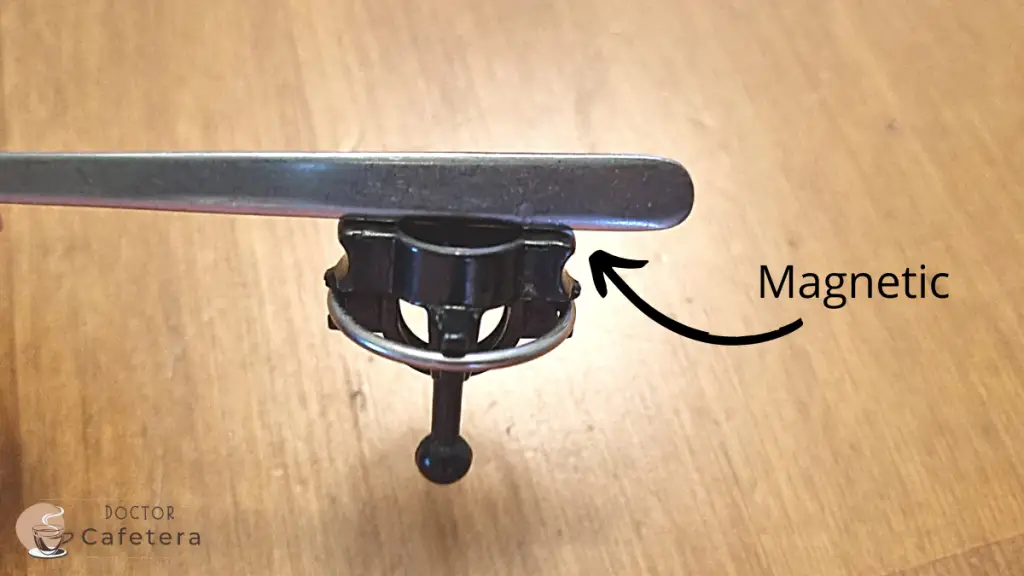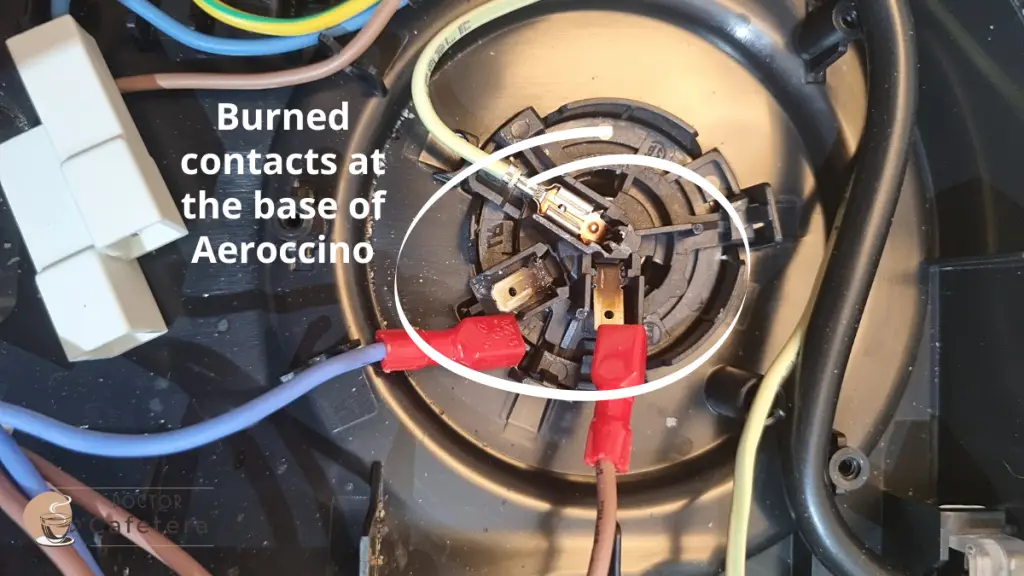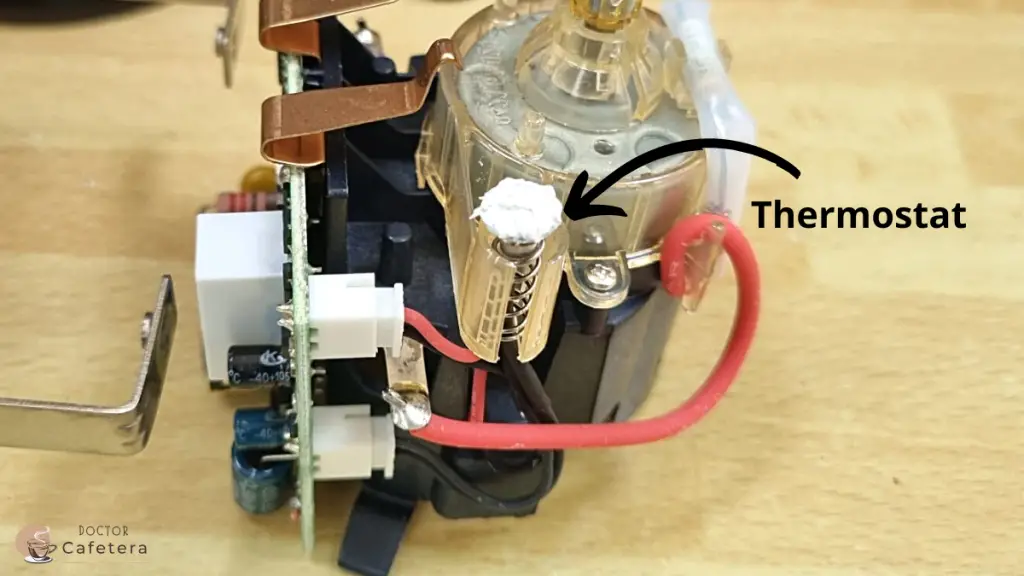The two main problems we can face when using an Aeroccino are twofold; On the one hand, this elegant Nespresso frother does not froth properly, and on the other hand, the Aeroccino does not work at all.
While poor foam quality is usually related to the technique, the milk we use, or the configuration, the non-functioning of the device has to do with internal electrical faults. If your Aeroccino is not working as it should, don’t worry because, in this guide, we will see all the possible solutions together.
Problem with the frothing technique or the milk used
When we talk about technique when frothing milk with an Aeroccino, we are being too bold, as these appliances are designed and created to froth milk by pressing a button. However, you may be making some mistakes that cause the milk not to froth as it should.
If we assume that the Aeroccino is working properly, these are the four factors to consider:
- The temperature of the milk we use.
- The type of milk used.
- The quality of the milk we use.
- Do not mix the milk with any other liquid.
The milk used in an Aeroccino is recommended to be cold to avoid premature heating, breaking down the milk proteins before the microbubbles begin forming.
Although animal and vegetable milk can be used equally well, each type of milk will have different recommendations.
Adding sugar, cocoa, or other additives to milk before frothing can cause the milk not to froth. This is because many substances inhibit the milk’s ability to cohere the microbubbles as they reach temperature.
The external whisk does not rotate when the Aeroccino is turned on
If your Aeroccino turns on and even beeps when you try to prepare milk, but the external whisk does not turn, it may be due to a physical problem with the external whisk. This small plastic part, with a spring wrapped around it, is key to frothing.
Problem with the external whisk
With the Aeroccino turned off, turn the external whisk by hand and check that it can rotate freely. This is normal if you feel a little opposition due to the magnetization of the part.
- Make sure it is completely clean so that dirt does not impede the rotation.
- Check that there is no deformation or breakage on the beater that could impede the rotation.
- With the help of a metal tool, check that it retains its magnetic properties.
If the external whisk can rotate when you move it by hand, is free of dirt, and you do not observe any deformation or breakage, the problem is in the internal motor of the Aeroccino.
Problem with the internal motor
If you have ruled out that the external beater is damaged or, for some reason, is the cause of the problem, the reason why it does not rotate must be inside the Aeroccino. Although it may seem overwhelming to disassemble an Aeroccino and try to fix it at first, it is simpler than it seems.
- Disassemble the Aeroccino. To do this, you must unscrew the two screws on the bottom and pull the top off once the bottom screws are loose (no need to remove them).
- Separate the electrical/electronic components from the Aeroccino structure.
- Check that the upper part of the motor is magnetically capable. For this, you can use a metallic element and check that it attracts metal.
- Manually rotate the motor to see that it is not blocked.
- Check the thermal fuse for continuity if all of the above is correct. If it does not, you should just replace the fuse.
- If the fuse is OK, something on the control board is blown (a very extreme case). In this case, it is advisable to replace the entire control board.
Failure of the power contacts
One of the most common reasons why an Aroccino does not work or works intermittently is when there is bad electrical contact. In many cases, this is due to accumulated dirt, but in others, it is due to metal debris burnt by the current passage.
There are three main points where electrical contact failure can occur:
- Inside the base of the Aeroccino, where the main cables arrive.
- In the contact between the base and the Aeroccino.
- Inside the Aeroccino.
To find out where the fault is, you must disassemble the base and the Aeroccino and clean all the contacts with a paper towel and isopropyl alcohol (special for electronics).
Problem with the internal resistance or the thermostat
If the motor runs and the external whisk works, but the milk does not heat up when starting the Aeroccino, the problem is related to the heating element printed on the base or the thermostat. The thermostat is just as important as the heating element because, with a damaged thermostat, the Aeroccino will not work for safety reasons.
If the printed resistor is the problem, we will see a burnt area that has caused the circuit to open. It is not recommended to repair the heating element, as you will not be able to insulate it sufficiently once you close the circuit again.
The Aeroccino thermostat is visible in contact with the base heating element. It is impregnated with thermal grease, which you must never ensure leaks. This thermostat is in series with the black wire and should give continuity when in good condition. If it is damaged, it will not give continuity and must be replaced.
If the external whisk works but does not heat up, you can preheat the milk to 149°F in the microwave and then add it to the Aeroccino. Although it is a little more laborious, you will get the same results.
Related: Which type of milk frother is best?



